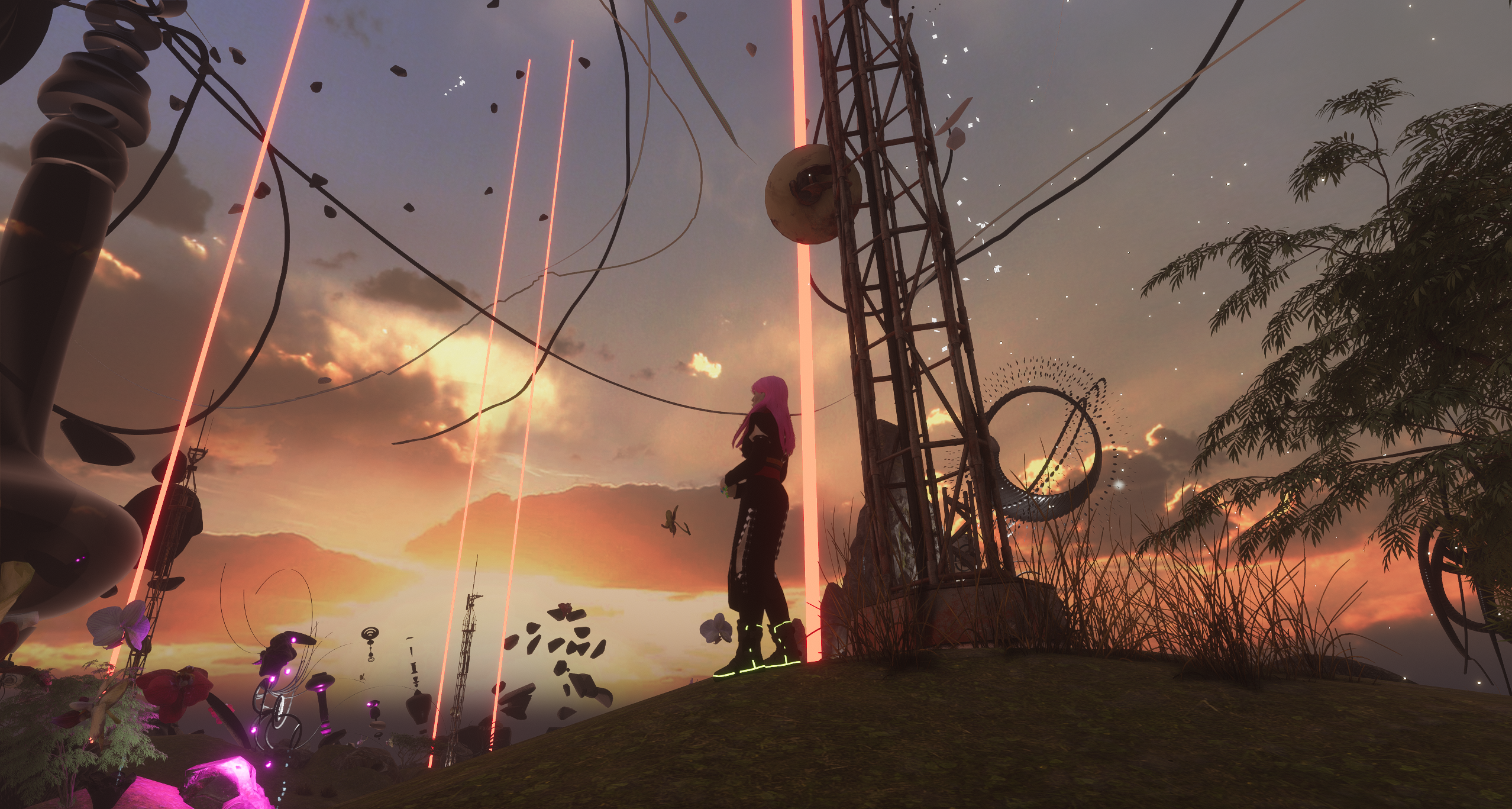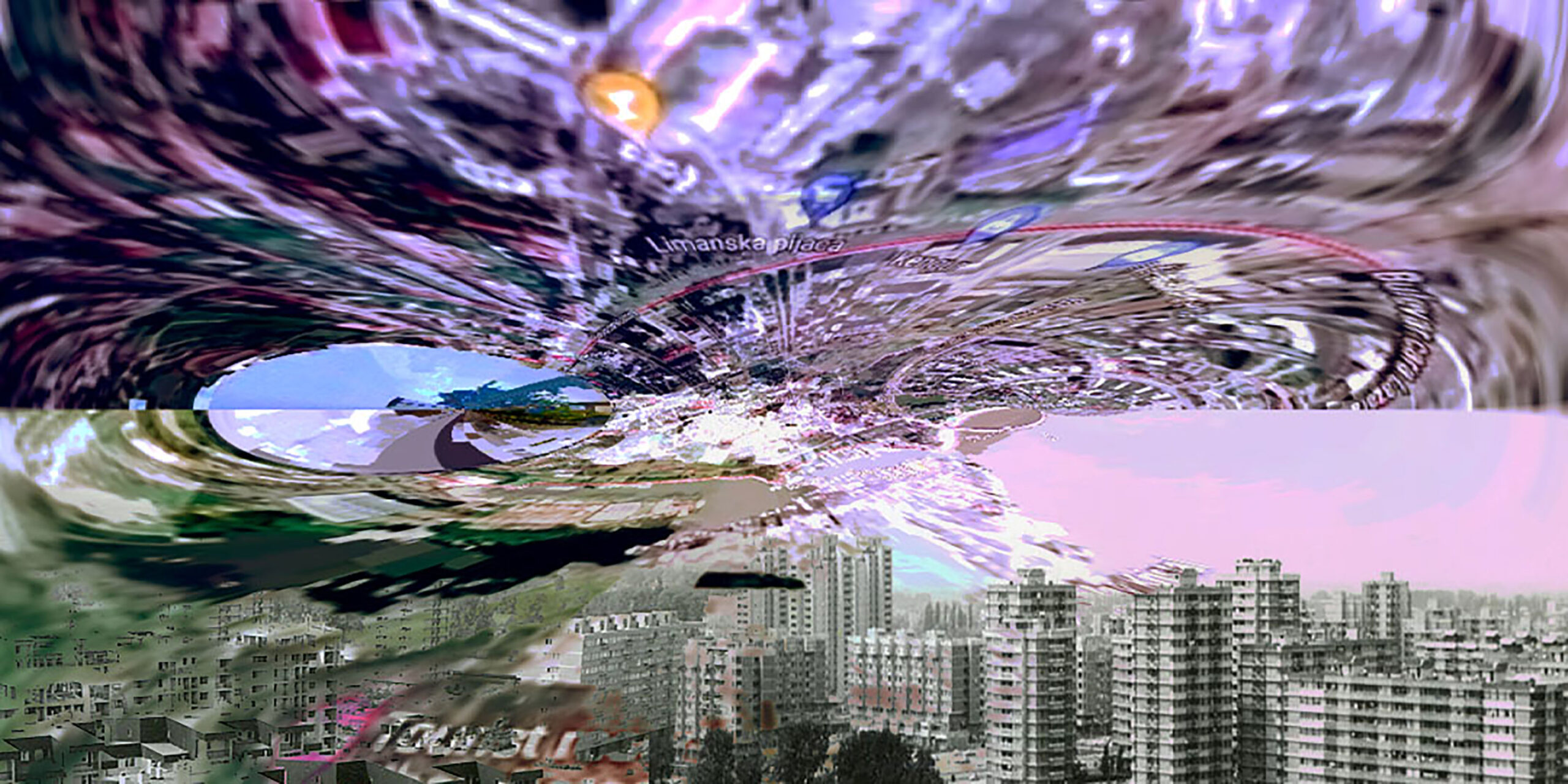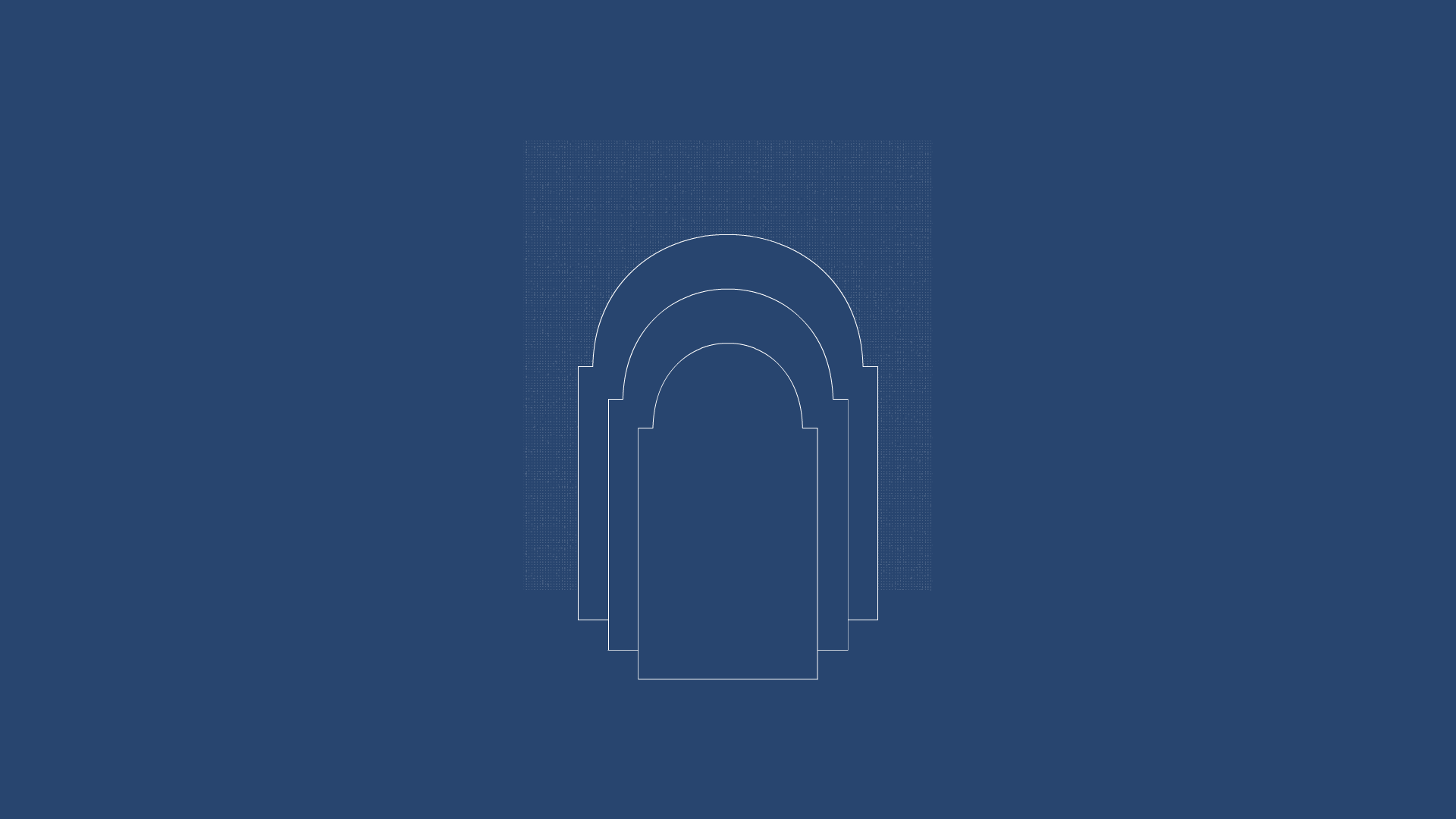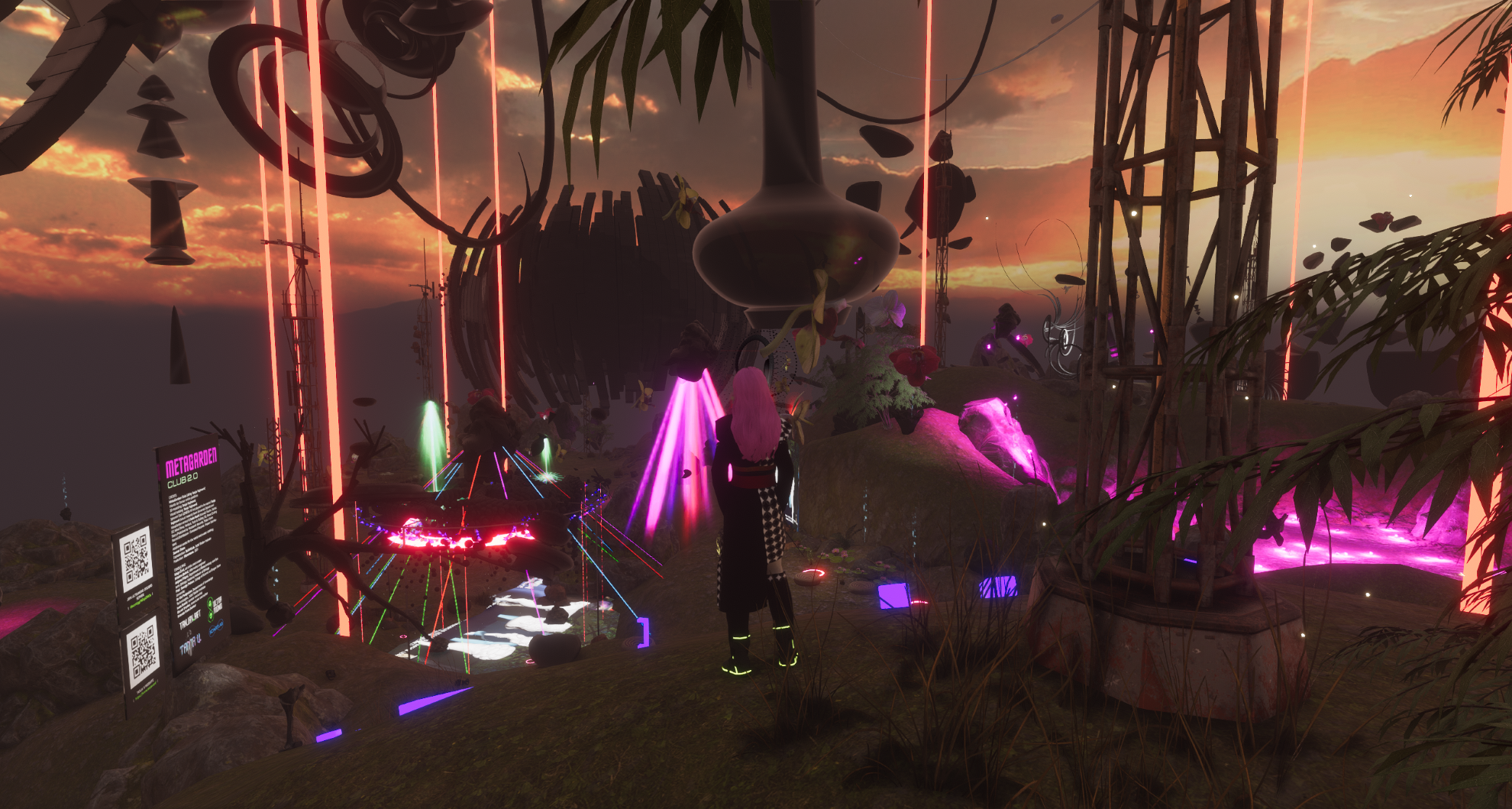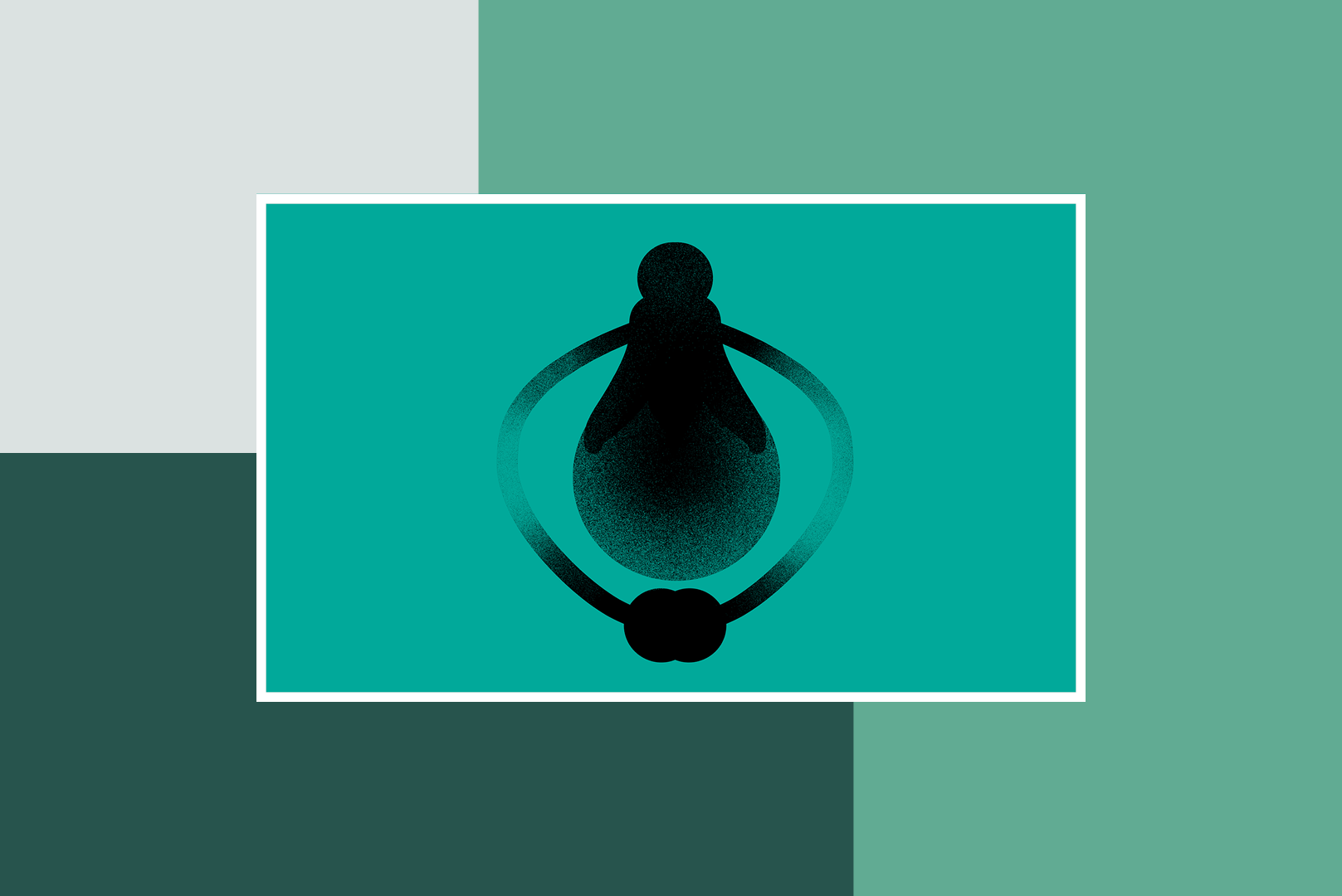Art, science and technology are becoming more intertwined than ever. They either become mediums that present one thing through another, thus offering the audience a completely new experience, or they are included in works that overcome conventional frameworks of art, bearing the name of new media art. You will have a chance to experience this fusion within the fourth Kaleidoscope of Culture as the announcement of the European Capital of Culture title that Novi Sad will bear in 2022.
Old new media art
Since new media art includes artworks that have been created with the help of new technologies that were new in the moment they were created, this form of art has been developed together with technology. From early experiments with moveable images from the end of 19th century, we quickly reached the experiments with electric light bulbs such as Thomas Wilfred’s Lumia art installations from the beginning of the 20th century which were manipulated by artificial light by using metal, mirrors and glass and by closing them in a wooden cabinet. This would display ever-changing coloured forms, similar to an aurora borealis.
In the mid-20th century, artists started to experiment with video formats, while during 1980s, they were experimenting with computer graphics.
One of the pioneers of the new media art in Serbia was Bogdanka Poznanović from the Novi Sad Academy of Arts, who, as an avant-garde multimedia artist and a professor, was the first artist in Yugoslavia who introduced video art in the curriculum by establishing Visual Studio for Intermedia Research.
Kaleidoscope of Culture as the bridge that connects technology and art
Technology, primarily digital technology, started to flourish back in the 1980s and is still growing, thus making today’s new media art mainly digital, virtual or computer and internet based. As the media theoretician Marshall McLuhan noticed in 1960s, media had become the extension of human race, since the media extends the spectrum of our abilities. Today, we can easily test weather McLuhan was right, having in mind the amount of technology that we are surrounded by in every moment.
Besides being used in everyday life, the technology has found its way to art via creative expression, presentation, distribution and performance. The audience will have a chance to see how it looks when reality encounters fiction within the fourth Kaleidoscope of Culture, where you can expect numerous exhibitions, performances and installations that connect virtual and real world.
Matter Through Time. Sand, Wood, Stone, Metal in the Age of Digitization
Six students and young artists from St. Pölten will present materials that define the site of Creative District. They will reconstruct the idea from sand, wood, stone and metal in comparison to moving images, signs, text and sound in the form of digital traces.
These artists, under the mentorship of Professor Marcus Wintersberger, will present the digital space and material as an extension to real elements of reality, while one of the six installations within the exhibition will be the VR installation ‘Unreal things fly through space’ by Janine Scheer-Erb and
Catherine Spet. The installation opens a journey through the matter of time, into the memory fragments of a seemingly real place, a collectively archived space-time continuum.
With his works ‘Layers of Sandscapes’ and ‘Kinect Installation’, Christian Munk also connects analogue and digital materials that constantly change their forms.
Andrea Nagl, a choreographer and a dance professor, physically interacts with stone, wooden, and metal objects and materials in her durational performance ‘Intermoving Spaces’. Therefore, she inscribes herself into the found space, which makes it a choreography.
With his real-time installation ‘Soft Shells’, Thomas Wagensommerer puts the audience in a surreal scenario – walking on water. He wants to make people with puzzled senses question: ‘Can I dive into water I don’t feel?’
In the ‘Reconstructions’ project by Markus Wintersberger, an artist and a professor, research sources from the internet on Great Liman Novi Sad (images, video, 3D data, text, sound) are used as basic material for an artistic treatment.
‘Garden’ by Ars Electronica as a relationship between a digital man and their environment
The audience will have a chance to explore reality and fiction with a stroll through the ‘Garden’ project by Ars Electronica in the National pavilion of new media art in Creative District, from 2 until 5 September. The project does not only present contemporary art, but it reflects the ideas of medieval art.
Ars Electronica, as one of the leading and the most prestigious institutions in the field of contemporary art practices and fine art media, teamed up with the Academy of Arts from Novi Sad in order to present the city as a sociocultural reflection of Novi Sad as the city of culture.
Science and art have had a task to demonstrate the connections made by combining the spontaneous and the planned, the thing that lies within us and spaces, but beyond the two as well. Space and illusion connect with demographic, urban and critical aspects of the environment, as well as with the life we live, and with the way we live it. The Garden is inspired by the Garden of Earthly Delights, a painting by Hieronymus Bosch, which does not present only the nature, but the natural and inexplicable thing that lies within us, such as the spiritual garden that, together with the dying nature, merge into a metaphorical performance of reality.
CGA – virtual space of artistic expression
The CGA conference (Computer Graphics & Arts Conference) includes the presentation of art in a virtual world through works by digital artists, video game designers, animators, and professionals working in the field of film VR/AR industries, as well as representatives of the academic community.
This year, the conference, which moved from Belgrade to Novi Sad in order to become part of the Kaleidoscope of Culture, will be held under the slogan ‘Enter the MetaClub’. The focus of the conference will be the CGArts programme by Tanja Vujinović and Andreas Wannerstedt, with the task to translate and present meta-worlds and digital spaces.
During the four days of opening, from 2 until 5 September, Dr Maja Ćirić, a curator who won numerous awards, and who, according to the London gallery Saatchi, is one of the 100 best curators in the world, will present the works by these artists.
Media artist Tanja Vujinović will present her digital work ‘Club 4’, which will contextualise the history of Creative District space in Veliki Liman where exhibition and programme take place along with meta-worlds. These worlds have been produced by artists and professional audience with their creativity, thus creating the space where multidisciplinary community of digital artwork gathers.
Swedish artist Andreas Wannerstedt has been producing works for famous brands such as Google, Omega, Swarovski, Adidas, Dropbox for 14 years. His aesthetics of 3D sculptural works perfectly connects traditional arts and new technologies, with elements of animation in the exhibition venue that leaves a viewer with a mesmerizing impression.
Movement in code, space and time
‘SMIC’ or ‘Pomeraj u kôdu’ (en. Move in code) is another multimedia project in the field of new art practices by the SULUV, Association of Fine Artists of Vojvodina. The focus of the project is the form of movement, i.e., artwork in the form defined in time and space, with the aim to support interdisciplinary artistic approach, thus leaving the space for a critical review of the initiative role of technology in the creation of new artistic expressions. The project will be made available to visitors in the Gallery Square, from 23 until 25 September.
Movement through space and time within the code of digital recordings could sound puzzling, but the focus is on visual characteristics of digital processes such as inevitable coding, particular intention, coincidence, and a mistake as well. Presented through multimedia implementations, movements intertwine, thus creating new multimedia images and simulations, drifting from one form into another. By using different technological and media processes, these movements are defined against the background lighting, screen display, colours, forest, and other elements being an integral part of the new media art.
Numerous representatives of contemporary art will feature the Kaleidoscope of Culture programme, thus pushing festival boundaries from the real world into digital space, while it’s up to visitors to choose which works will become extension of their still non-digital minds.
Four days of the opening ceremony in Creative District, at the site of Great Liman, will be an overture to the five weeks of the Kaleidoscope of Culture, form 2 September until 8 October. Within five arts – architecture, literature, visual, applied and performing arts, programme will be held across Novi Sad, thus giving visitors an opportunity to choose and create their own kaleidoscope of culture.

